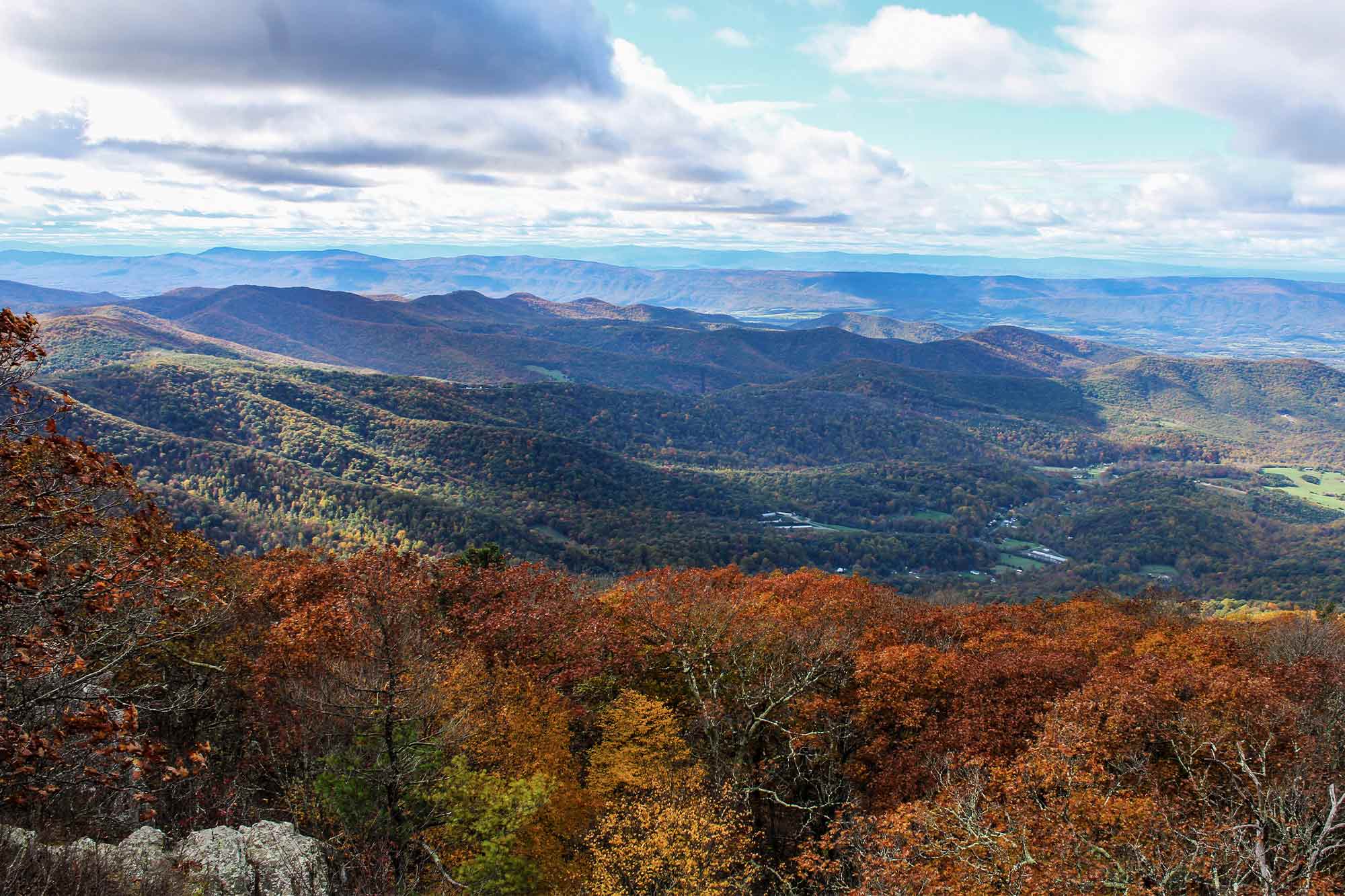The government-funded eviction of mountain families came as a wealthy businessman pushed to expand his private resort into the centerpiece of a national park. The tumult is the setting for University of Virginia assistant professor of English Margaret S. Marangione’s novel of historical fiction, “Across the Blue Ridge Mountains.” UVA Today caught up with Marangione by email to ask about her process of overlaying fictional characters on a backdrop of history.
Q. How many families were displaced to create Shenandoah National Park?
A. About 1,000 families were displaced from five counties.
Q. What was the feeling at the time? Did these families leave willingly or reluctantly?
A. There was significant resentment and disbelief for most families.
Many of these families had lived in their home place for many generations, some from as early as the mid-1700s. There was also significant concern about how they would make a living off of the mountain, as they mostly ran sustainable farms. While some did leave willingly and all were compensated at below market value, many of the descendants of these families still have resentment about it today. There is significant cultural and historical trauma around the removals.
Q. How was this presented to the public?
A. That the families were being moved for their own good and that their “primitiveness” was holding America back from modernization. Additionally, they were demonized as being illiterate, inbred, violent – familiar “hillbilly stereotypes.”
One sociologist at that time said that the women did not feel pain in childbirth. These were headlines that ran in The New York Times and Washington Post.






